Mantel clock
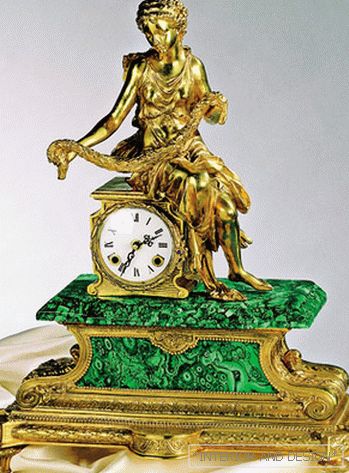
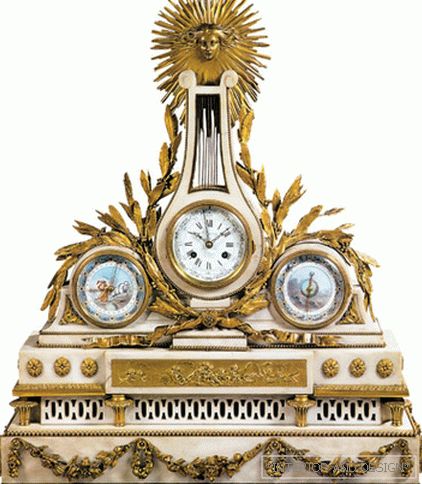
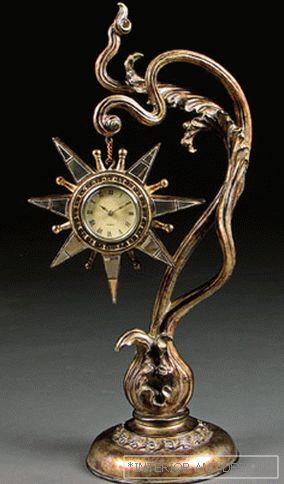
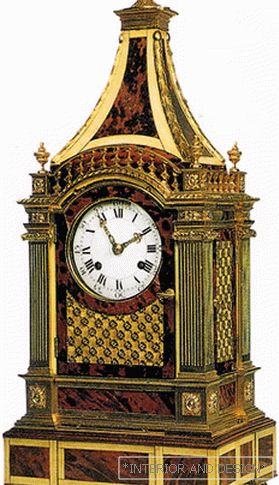
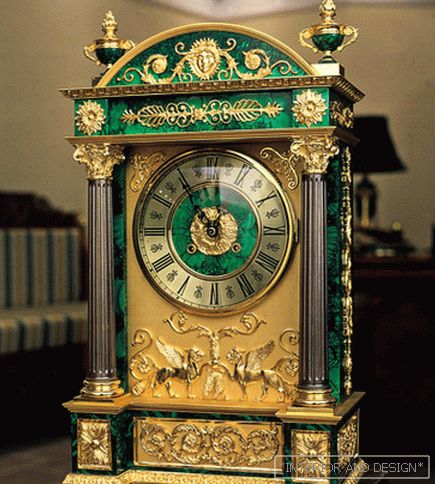
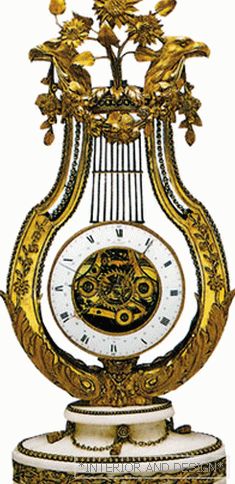
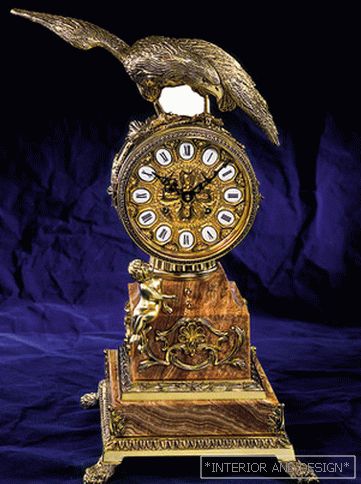
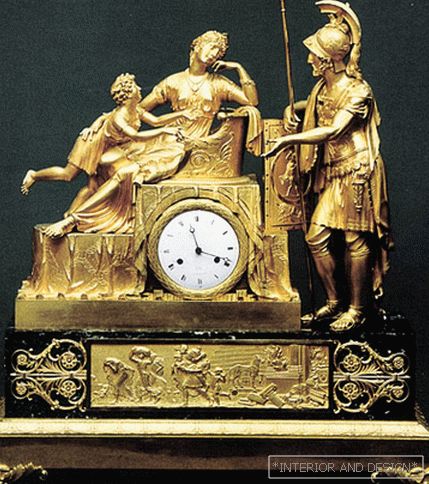
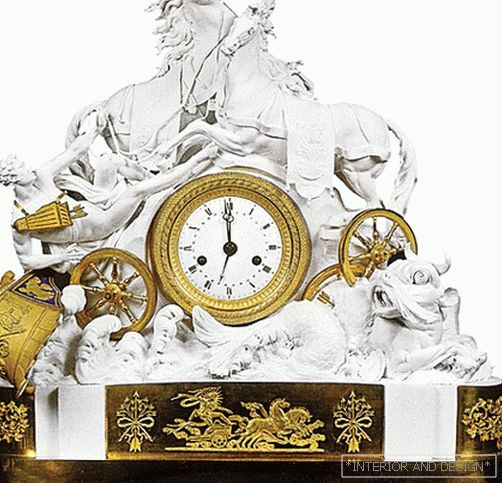
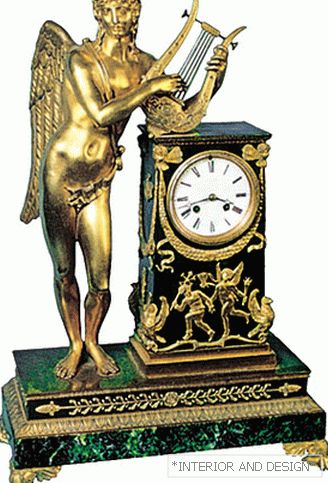
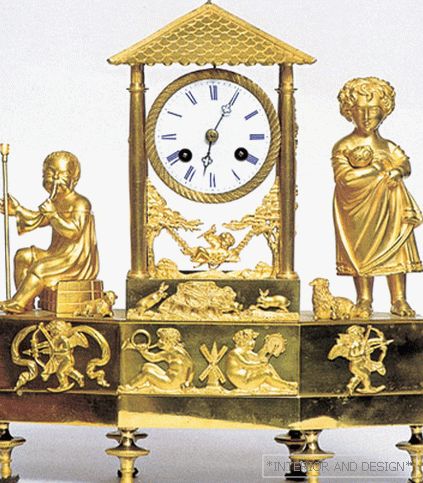
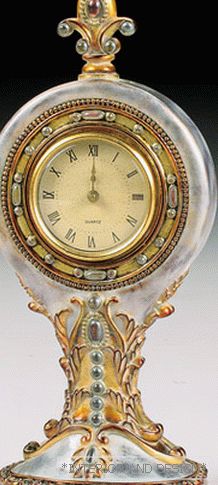

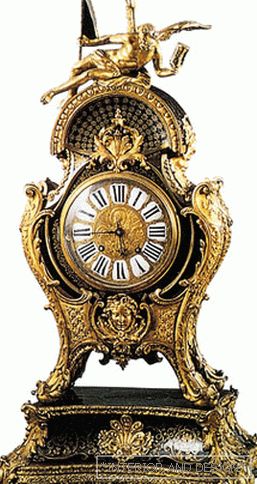
 Passing the gallery
Passing the gallery Leading headings: Marina Volkova
Magazine: N11 (111) 2006
Clock for fireplaces (as a special kind) appeared in France in the middle of the XVIII century. In the middle of the XIX, so-called fireplace sets began to be created here, in addition to the actual clock, paired ornaments in the form of candelabra or small sculptures were included. The cataclysms of the 20th century were temporarily suspended by a triumphal march of mantel clocks, but lately the fashion for them is gaining momentum again, and they stand, if not in every first, then every second modern interior.
Mantel clocks are classified as console. True, unlike the console, they were made without a handle, for which they can be lifted. As a rule, mantel clocks are not very big and rather flat.
The case of such watches was loved and loved to be made of precious woods - walnut, mahogany. Sometimes it could even be porcelain. Often the watch was covered with varnishes and trimmed with gilded bronze. Marble was often used as a material for a pedestal. Most watches were supplied with a dial covered with white enamel. These watches looked good on the mantelpiece in the library, surrounded by books and photographs. In the XIX century with the development of salon culture, mantel clocks began to be placed in the living room or reception room, where once or twice a week, on certain days, the chosen society gathered. Now, when there is no strict hierarchy of rooms and their functions are brought closer together, almost any room in the house can be decorated with antique fireplace or its imitation. The XIX century was a turning point in the fireplace watchmaking. Thanks to the achievements of engineering and bronze casting, the watch case was decorated with large-scale sculptural compositions, and the mantel clock turned into a real masterpiece.
During the nineteenth century, the watch industry changed each other’s style



